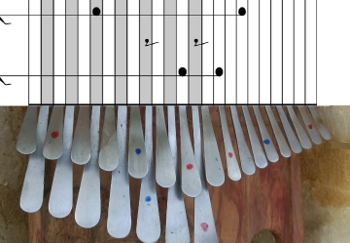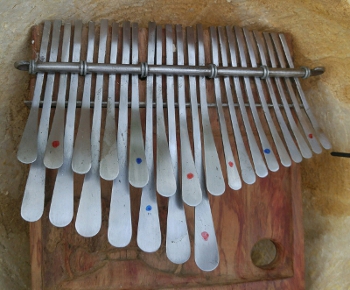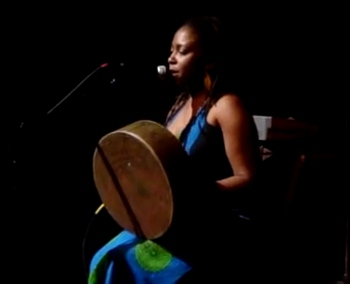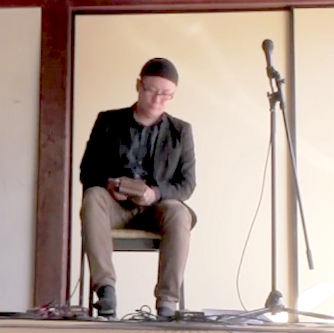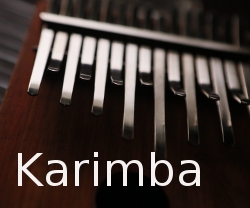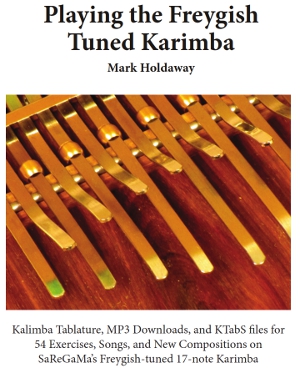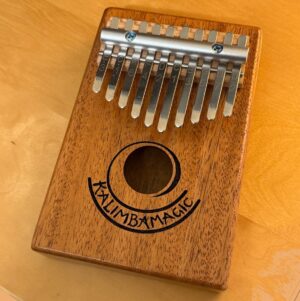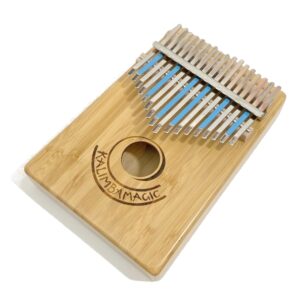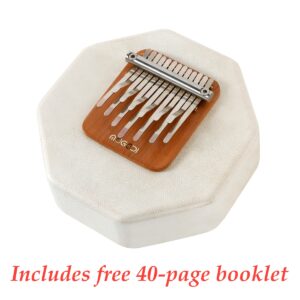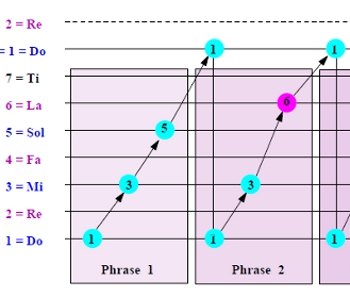
The System of the Mbira – Part 1
The chords and phrase structure behind most mbira music Click to download Tablature for the mbira song Chaminuka Most “primitive” music is so-called “two-phrase” music – basically a call phrase and a response phrase, or a question and an answer. This simple musical form exists across cultures, in nursery rhymes, and in basic karimba music. Sometime between 600 and 1000 years ago in the Zambezi Valley of southeastern Africa – let’s suppose during the peak of the “Great Zimbabwe” civilization – an incredible innovation occurred: that primal two-phrase tune pattern evolved into a “four-phrase” pattern. This innovation was momentous. Doubling the length of the original two-phrase cycle had the effect
